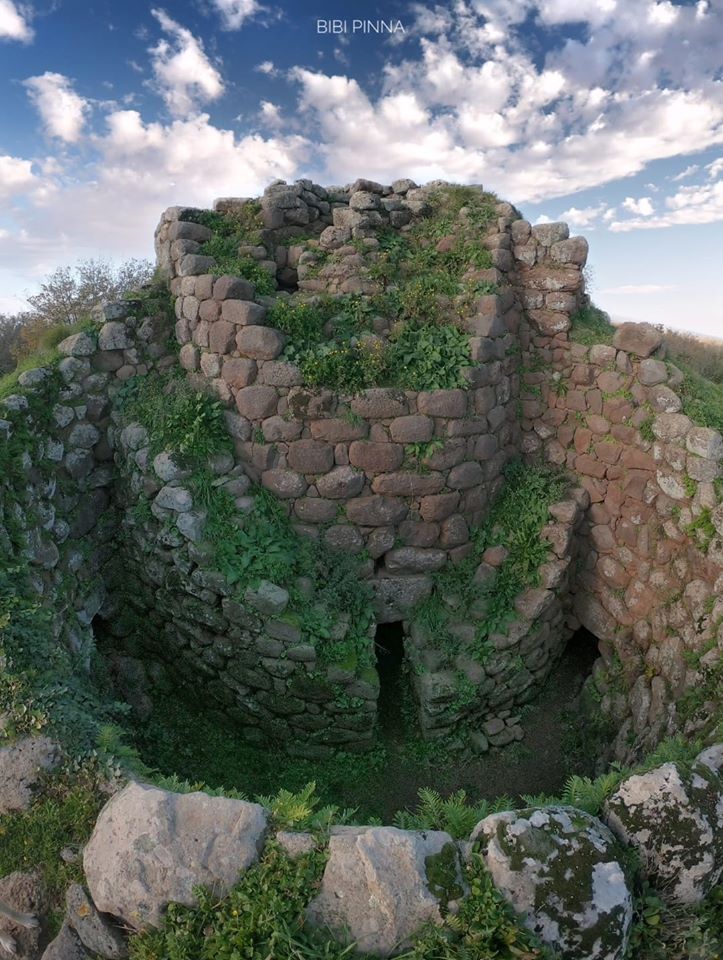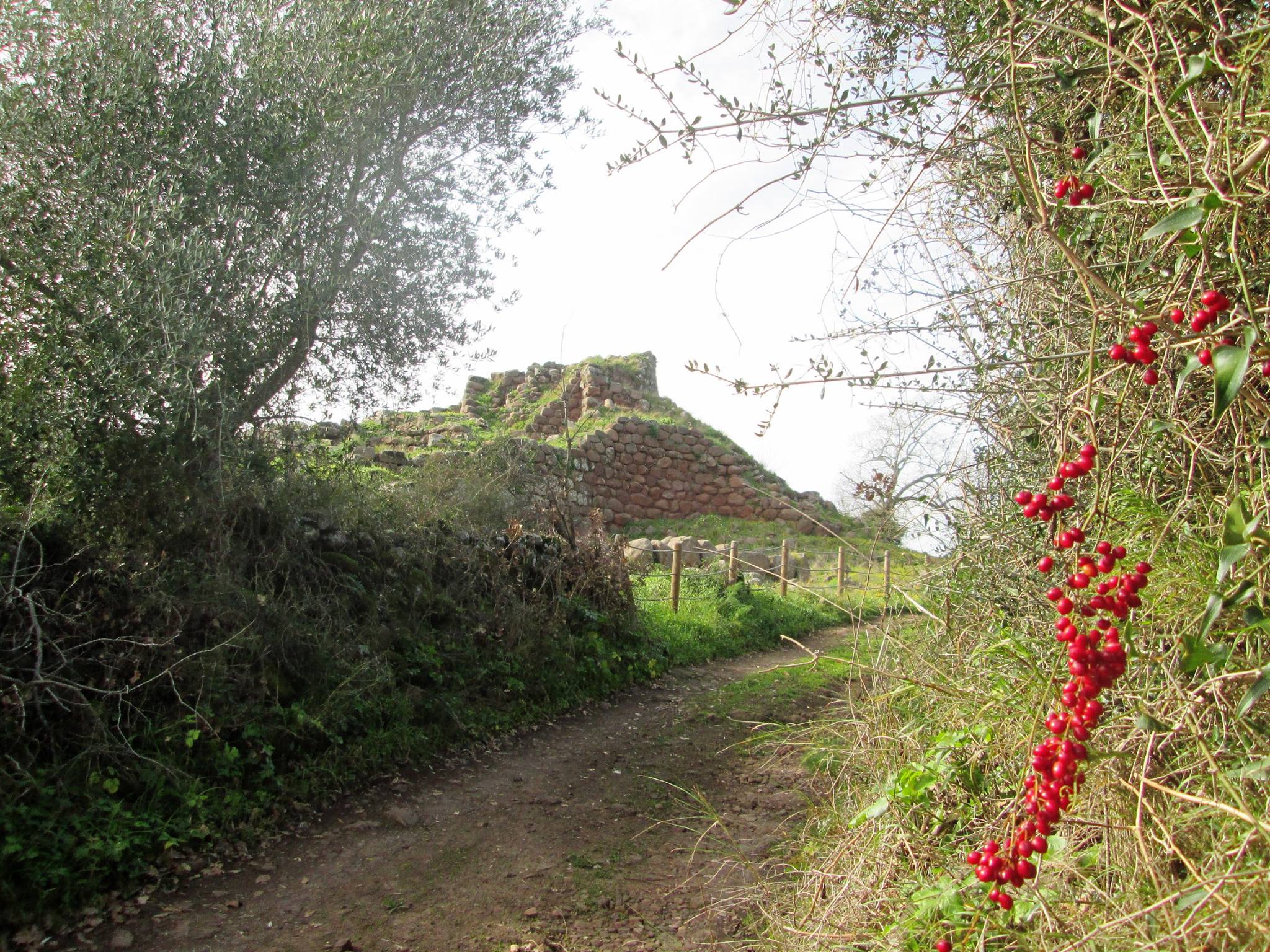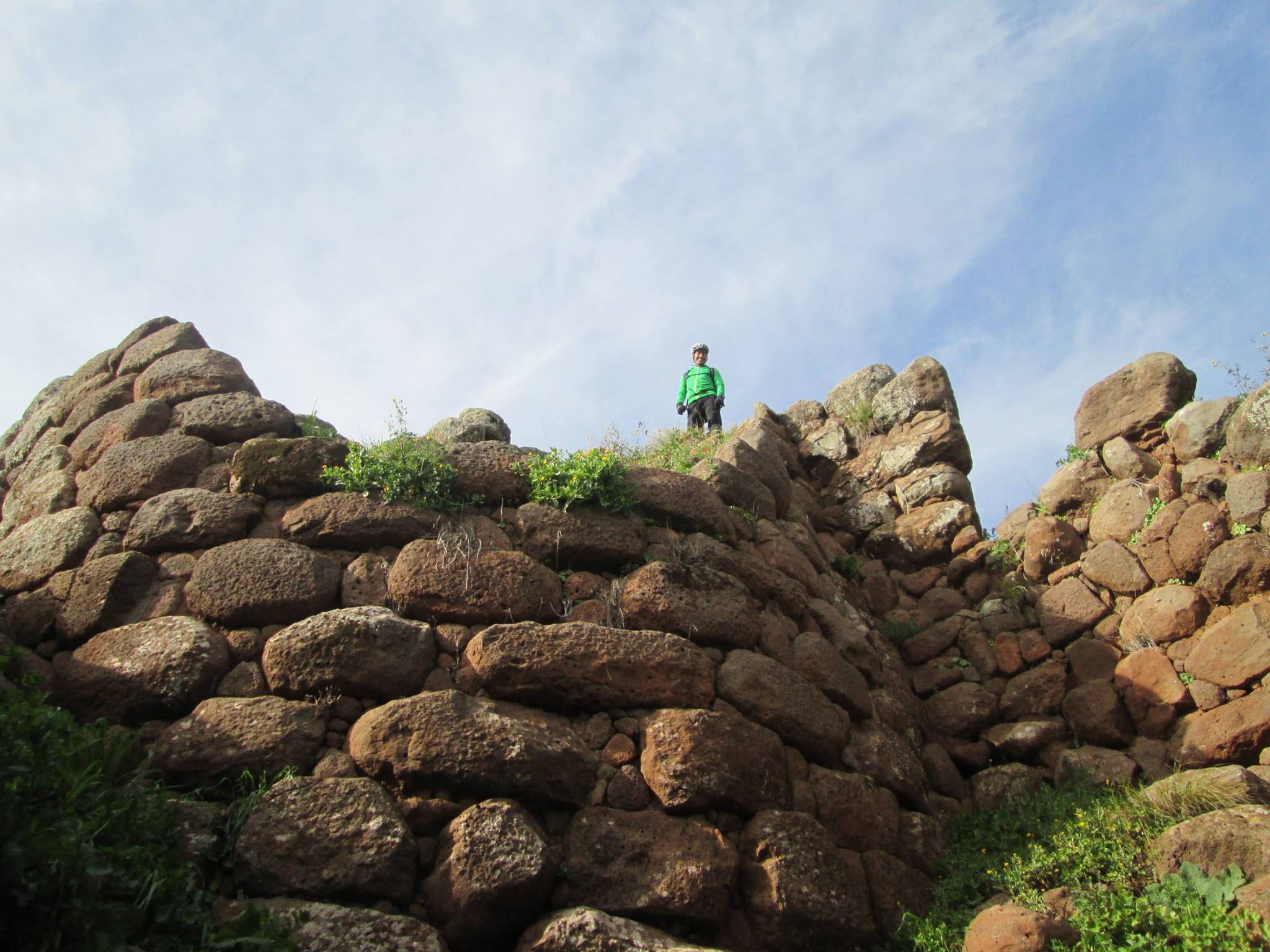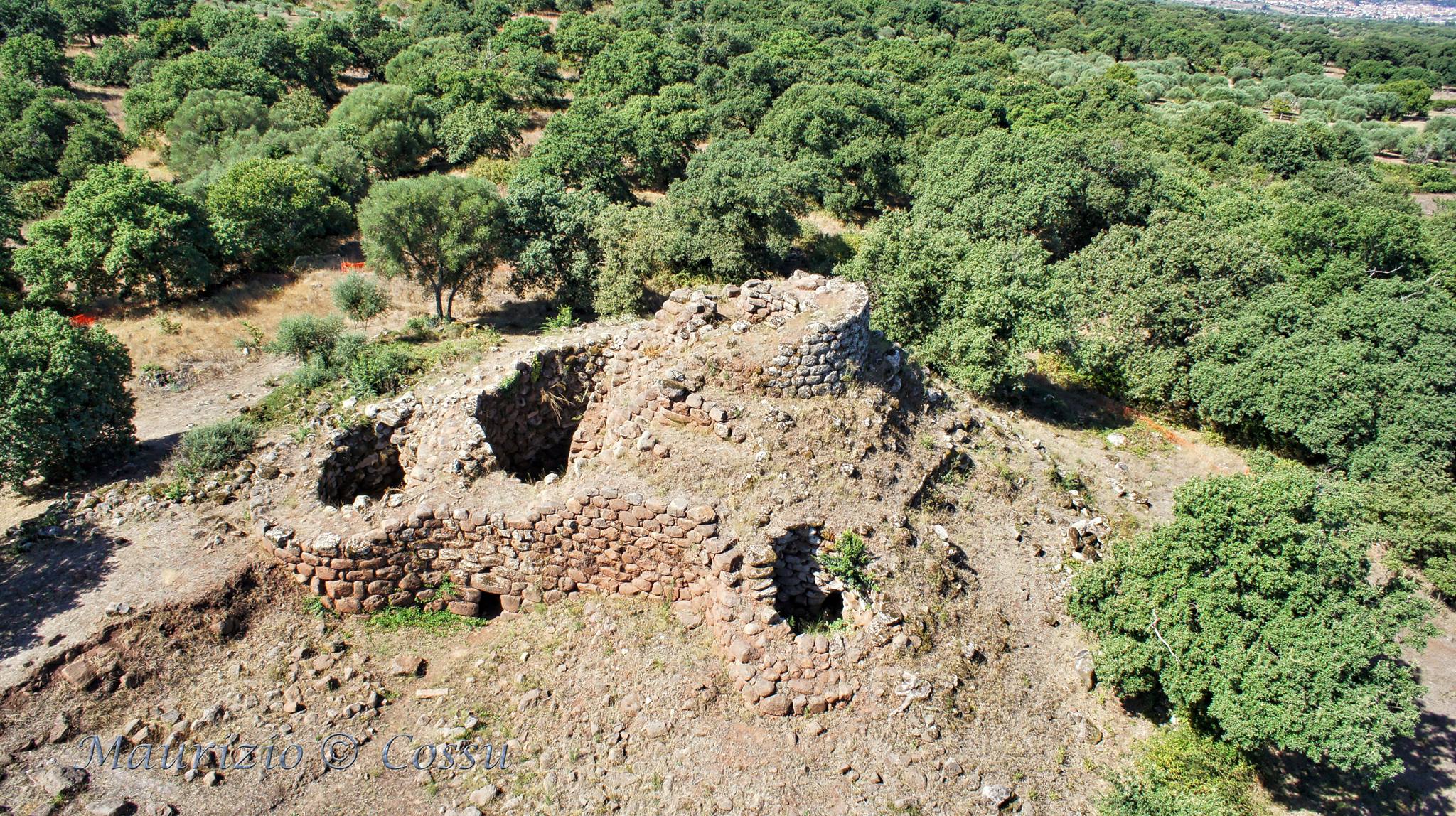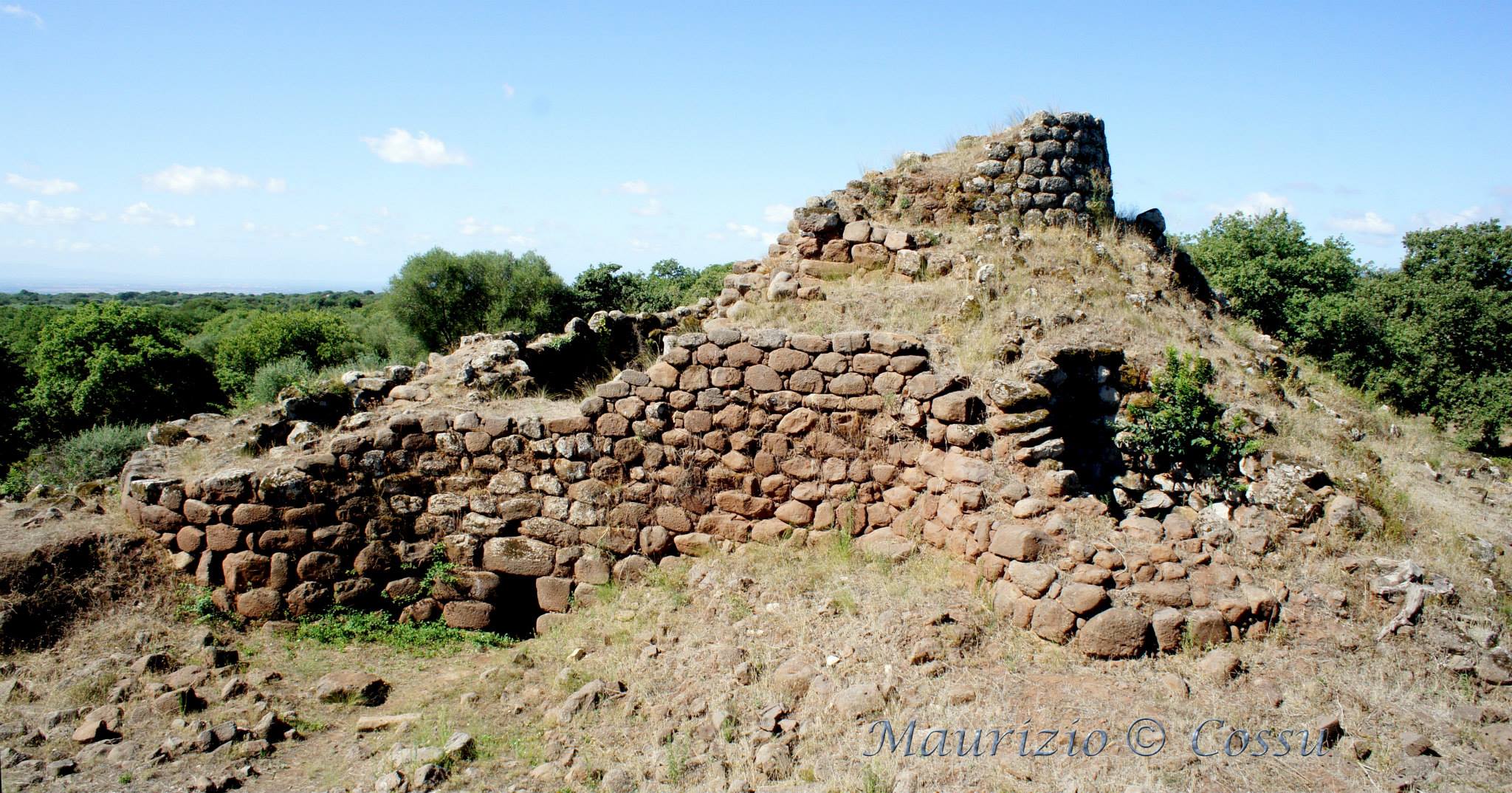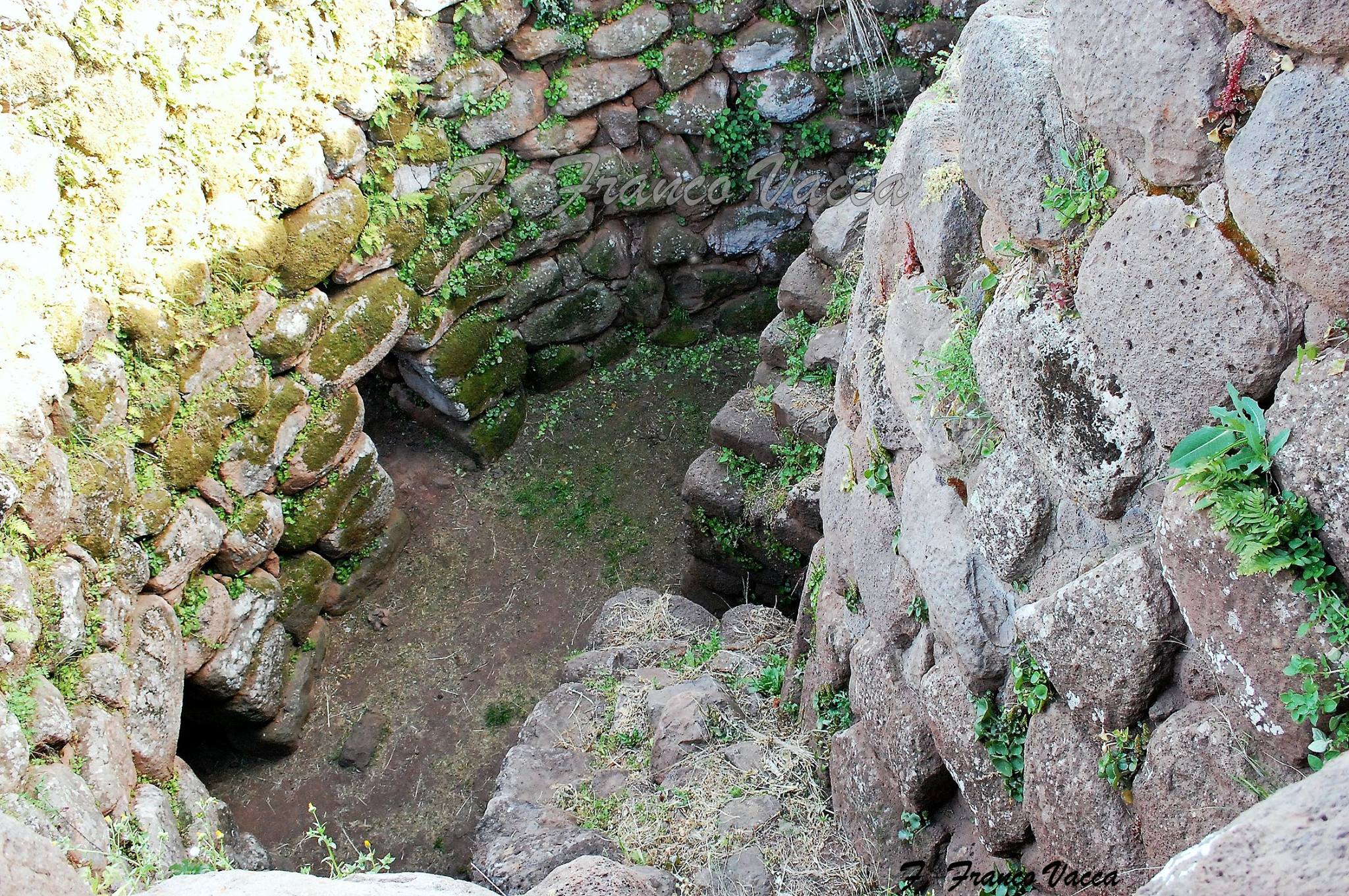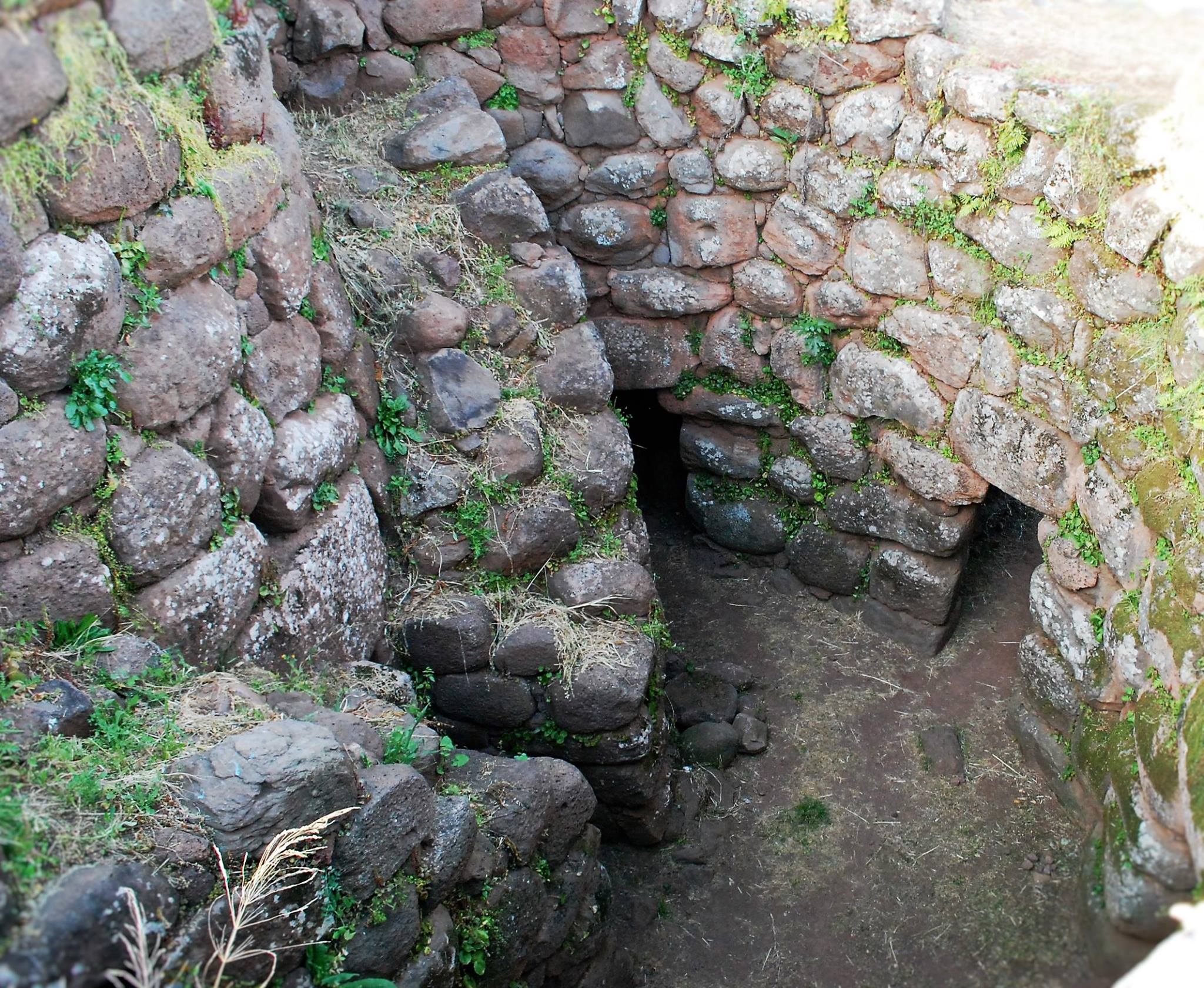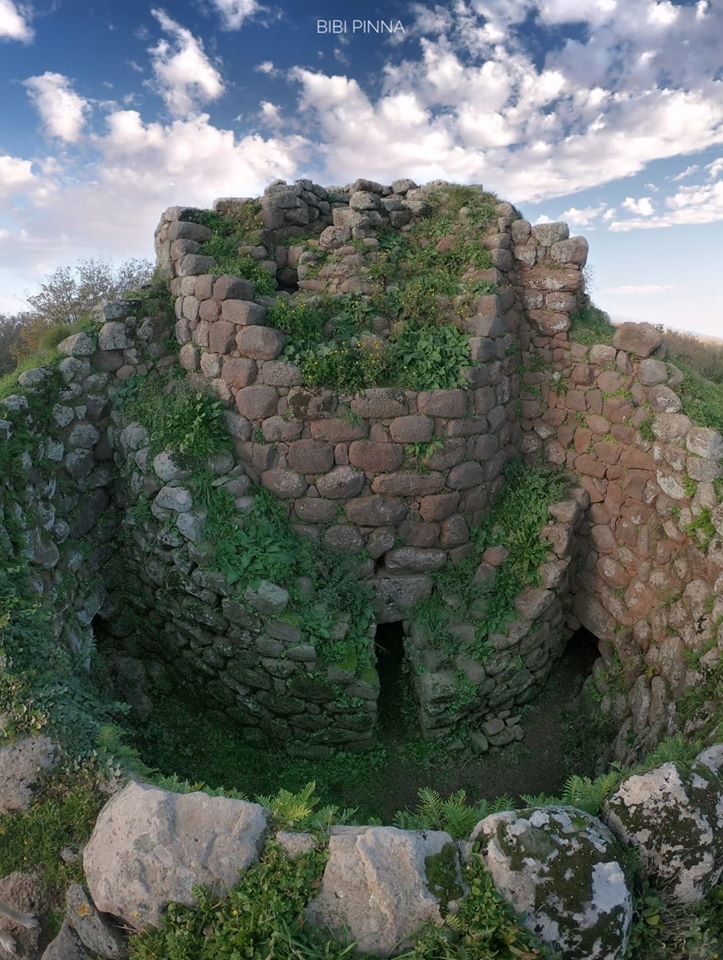<<The nuraghe Lugherras was among the first nuraghi investigated by Superintendent Antonio Taramelli and his assistant Filippo Nissardi at the beginning of the 20th century. After the pioneering exploration of the nuraghe Losa in Abbasanta, conducted by Nissardi himself in 1898, and after the excavation of the nuraghe Palmavera in 1905, the return of the first organized team of archaeologists to the basaltic highlands of western-central Sardinia in 1906 was not only necessitated by the extraordinary richness and variety of the archaeological heritage that was already emerging clearly at that time, but especially by the need to remove from improvised searchers the large quantity of votive artifacts from the republican Roman era that filled the upper chamber of the central tower: incense burners with the head of Demeter (“kernophoroi” in Greek) and especially lamps, that is, the “lugherras” that had given the nuraghe its name. The great undertaking was therefore driven by the necessity to safeguard the heritage, a primary task of the Superintendent that always accompanies research…>> (Marco Edoardo Minoja) <<…The presence of the rich votive deposit early attracted treasure seekers, already from the 19th century, followed in 1906 by the archaeological excavation led by Superintendent Antonio Taramelli and his assistant geom. Filippo Nissardi. Thus, the nuraghe Lugherras was one of the very first nuraghi explored, albeit partially; the excavation was limited, in fact, to the two overlapping chambers of the central tower, the courtyard, the chamber of the secondary tower in front, and a small part of the outer sector in front of the entrance, while the other three towers of the building and the entire external and peripheral part with the antemural remained intact. The exploration, although partial, provided archaeological documentation of significant interest, which, alongside the careful reading of the structures, allowed for the reconstruction of the history of the monumental complex and the hypothesizing of its constitution in the current layout through three distinct construction and chronological phases, referable to three periods within the Nuragic civilization: I, central tower (Middle Bronze: 16th century B.C.); II, the trilobate bastion with courtyard and well (Recent Bronze: 13th century B.C.); III, added tower and antemural (still Recent Bronze: 13th-12th century B.C.)…>>
The excerpts are taken from the booklet “Il Nuraghe Lugherras after the first interventions,” published in 2015 by the Municipality of Paulilatino and the Superintendency for the Archaeological Heritage of the provinces of Cagliari and Oristano.
The photos of the nuraghe Lugherras in Paulilatino are respectively by Bibi Pinna, Alessandro PIlia, Maurizio Cossu, and Franco Vacca.